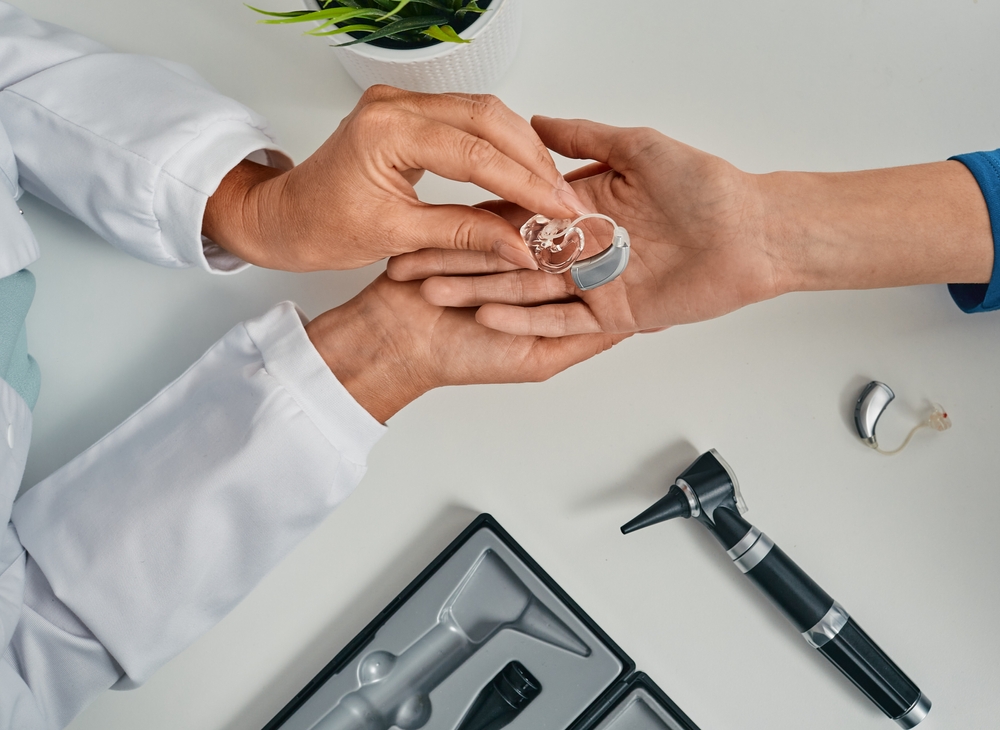
Hearing aids are vital for enhancing daily communication by improving the clarity of sound. To keep them functioning at their best, routine maintenance and professional cleanings are crucial. As a result of extended use, a buildup of earwax, moisture, and other particles can occur, causing functionality to decline. Recognizing when it is time to arrange professional maintenance can help prolong the longevity of your hearing aids and ensure they continue to operate at their best.
Why it’s valuable to have your hearing aids professionally cleaned
Even with regular at-home care, hearing aids progressively collect buildup that might impact sound quality and performance. Routine servicing provides numerous advantages:
- Deep Cleaning– Removes earwax, dust, and moisture that day-to-day cleaning tools might not effectively remove.
- Enhanced Performance– Clears obstructions that can cause muffled sound or distortion.
- Increased Longevity – Helps to prevent premature deterioration, thereby reducing the necessity for repairs or replacements.
Getting your hearing aids cleaned by a specialist helps ensure they work at their best, reducing the likelihood of sudden malfunctions.
Signals that your hearing aids need professional maintenance
Not certain if your device is due for a deep clean by a pro? Look out for these telltale signs that it’s time to contact the experts:
- Muted or Distorted Sound: If speech and environmental sounds seem unclear, dull, or distorted, it may be due to wax or debris obstructing the microphone or speaker.
- Continuous Feedback or Squealing: A squeaky noise at a high pitch (feedback) could indicate a blockage from earwax or an ill-fitting device. Professional cleaning can help in removing blockages and adjusting the fit accurately.
- Issues with Volume Control: If adjusting the volume doesn’t seem to have the intended effect, internal elements might need maintenance or software reset.
- Moisture-Related Breakdowns: Excessive moisture can damage internal components, resulting in intermittent sound loss or broken buttons. A skilled expert can assess and resolve problems related to moisture or water damage.
- Noticeable Wax or Gunk Accumulation: If you notice a considerable buildup of wax or debris on your hearing aids, professional cleaning ensures a more complete removal than at-home care.
- Employ specialized instruments to meticulously remove wax, debris, and moisture from sensitive elements without doing damage.
- Confirm the correct functioning by inspecting and repairing any broken components.
- Examine both software and hardware to pinpoint any performance issues that may be affecting the quality of sound.
- Replace any tubing or filters that might be affecting the performance of the device.
- Every 3 to 6 months for routine maintenance.
- Routine cleanings are recommended for people who tend to produce a lot of earwax or reside in areas with high humidity, as these environments can intensify wax accumulation.
- Dealing with small problems promptly can help steer clear of expensive repairs down the line.
What to expect during a professional hearing aid cleaning
A thorough cleaning service not only keeps your devices in good working order but also assures peak performance and efficiency. Here a few things your hearing specialist will accomplish during a cleaning:
How often should you schedule professional maintenance?
The need for professional cleanings varies depending on factors like how much earwax is generated, the levels of moisture, and how the device is generally used. General suggestions include:
Maintain your hearing aids for ideal performance
Routine professional maintenance is essential for preserving your hearing aids and ensuring clear, high-quality sound.
If you’re noticing muffled audio, feedback, or performance issues, it might be time to set up a professional cleaning.
Schedule your hearing aid cleaning and maintenance today.